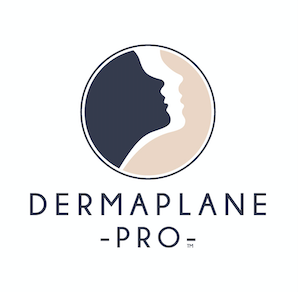Chemical Peels
Chemical peels remove damaged outer layers of skin to make skin smoother, reduce scarring and remove blemishes. Ranging from mild to strong, there are three types of chemical peels: alphahydroxy acid (AHA), trichloroacetic acid (TCA) and phenol. The strength of each peel is tailored to the patient. Peels can be combined with other procedures, such as facelifts, for additional improvement to skin. Chemical peels may be covered by insurance if they are performed for medical rather than cosmetic reasons.
Chemical peels are performed in a plastic surgeon's or dermatologist's office, or an outpatient surgical center. Anesthesia is not required because TCA and phenol have anesthetic properties, and AHA produces only a slight stinging.
Chemical Peel Procedure
During a peel, the skin is cleansed and an AHA or BHA solution is applied, which may cause a brief stinging sensation. the peel solution is then neutralized if it is not a self-neutralizing compound. Active serums, calming agents and SPF is applied to the skin.
Side Effects of Chemical Peels
Peels can result in tingling, skin sensitivity, irritation, reddening and slight swelling for 24-48 hours following the procedure -- This is completely normal and expected! Depending on the strength of the peel used, sloughing, flaking and peeling of the treated area can last anywhere from 3-7 days. During the peeling process, it is imperative to use the post peel kit/products provided to you. After any resurfacing procedure, it is essential that the skin be protected from the sun. Once the peeling phase is complete, you will notice a smoother, brighter, fresher complexion. Peels are excellent for improving lines, wrinkles, pigment issues, acne, acne scars and dullness,




